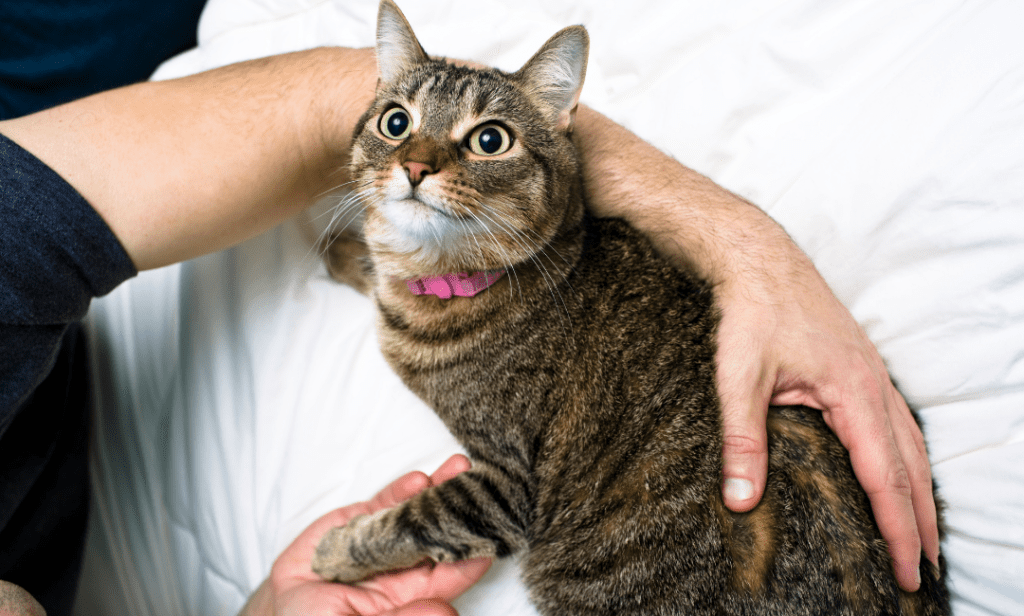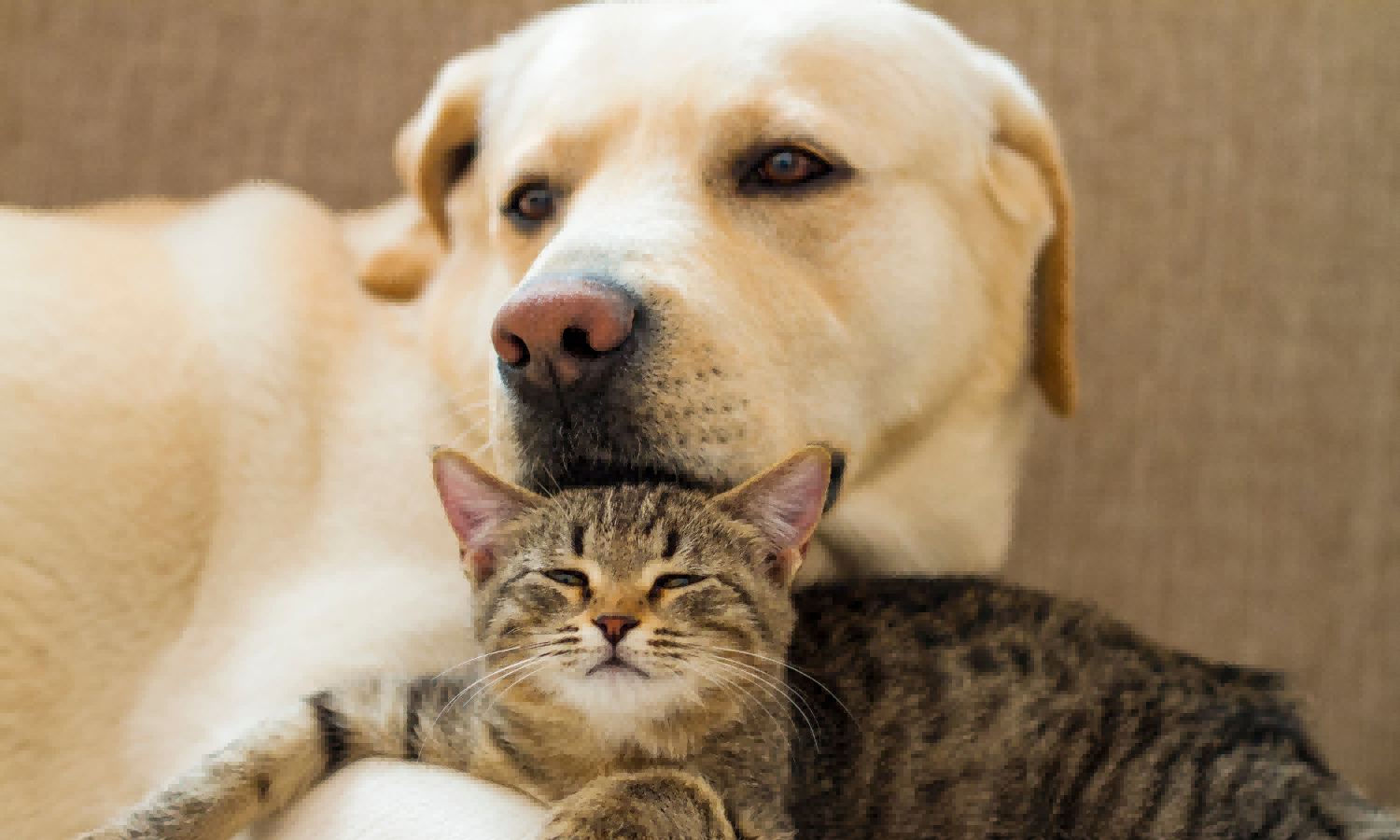Role of Palatants in Pet Food
Introduction
Palatants play a crucial role in the pet food industry, enhancing the taste and aroma of pet food to make it more appealing to pets. This blog delves into the function of palatants, their benefits, and their importance in creating high-quality pet food products.

What are Palatants?
Palatants are additives used in pet food to improve its palatability. They can be derived from natural sources like animal proteins and plant extracts or synthesized chemically. Palatants are designed to make pet food more enticing, ensuring pets enjoy their meals and consume the necessary nutrients.

Benefits of Using Palatants
- Improved Appetite: Palatants can stimulate the appetite of pets, especially those that are picky eaters or have specific dietary needs. This ensures they receive adequate nutrition.
- Enhanced Taste and Aroma: Palatants mask any unpleasant tastes or odors in pet food, making it more appealing to pets. This can lead to better acceptance of the food.
- Nutritional Intake: By improving the taste and aroma of pet food, palatants help ensure that pets consume their meals and receive the essential nutrients required for their health.

Real-Time Data and Trends
According to a report by ResearchAndMarkets, the global pet food palatants market is projected to grow from USD 1.2 billion in 2020 to USD 1.7 billion by 2025, at a CAGR of 6.5% . This growth is driven by the increasing pet ownership and the rising demand for premium pet food products.
The Science Behind Palatants
Palatants work by stimulating the sensory receptors in a pet’s mouth and nose. These receptors are sensitive to specific flavors and aromas, triggering a positive response that encourages eating. The science behind palatants involves understanding the preferences of different pets and creating flavors that appeal to them.

Application in Pet Food Manufacturing
- Flavor Development: Developing effective palatants requires extensive research and testing. Pet food manufacturers work closely with flavor scientists to create palatants that enhance the taste and aroma of their products.
- Quality Control: Ensuring the quality and safety of palatants is critical. This involves rigorous testing and adherence to regulatory standards to ensure the palatants are safe for pets.
- Customization: Customizing palatants to meet the specific needs of different pets is becoming increasingly important. This includes creating palatants for pets with allergies, dietary restrictions, or specific flavor preferences.

Conclusion
Palatants play a vital role in the pet food industry by enhancing the taste and aroma of pet food, ensuring pets enjoy their meals and receive the necessary nutrients. Understanding the science and application of palatants can help pet food manufacturers create high-quality products that meet the needs of both pets and their owners. For more information on our range of pet food palatants, visit Profy Pet.













